Prevention Is Key

Screening Catches Health Problems Early
Health screening tests are important for every woman. They can help detect problems with bone mineral density such as osteoporosis, cancer, heart disease, and other conditions in the earliest stages when they can be treated most effectively. Exams can detect abnormalities before symptoms are apparent. The types of tests a woman needs depend on her age, personal and family health history, and specific risk factors. Certain tests are recommended for every woman while others are individualized depending on additional risk factors.
Catch Breast Cancer Early

Early Detection Saves Lives
Breast cancer is most treatable when caught in the earliest stages. In general, the smaller the tumor, the less likely it is to spread to organs or lymph nodes. The American Cancer Society recommends that women in their 20s and 30s have a clinical breast exam (CBE) by a health-care professional about every 3 years and an exam every year for women 40 years of age and over. A clinical breast exam does not replace breast cancer screening by mammography.
What About Mammograms?

Guidelines Have Changed
Mammography is a low-dose X-ray test that may help find a small malignancy at the earliest stages when it is still very treatable. The American Cancer Society (ACS) recommends a baseline mammogram for all women by age 40 and yearly mammograms for women 40 and older for as long as they are in good health.
In certain women (those with "lumpy breasts" or breast symptoms, or women with a high risk of developing breast cancer,) sometimes a baseline or first mammogram at 35 years of age is recommended. However, the U.S. Preventive Services Task Force (USPSTF) recommends against routine mammography screening for women before 50 years of age and suggests that screening end at 74 years of age. The USPSTF suggests that women between the ages of 50 and 74 have a mammogram every 2 years. Women who have certain risk factors for breast cancer may be advised to follow a different health screening schedule.
Get Checked for Cervical Cancer

Pap Smears Are Critical for Detection
With regular Pap smears, cervical cancer (pictured) is easy to prevent. The cervix is a narrow passageway between the uterus (where a baby grows) and the vagina (the birth canal). Pap smears find abnormal cells on the cervix, which can be removed before they ever turn into cancer. The main cause of cervical cancer is the human papillomavirus (HPV), a type of STD.
Screening for STIs
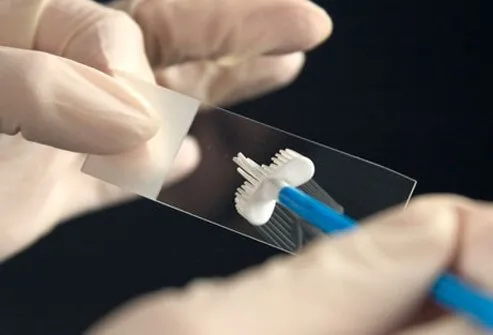
What Is a Pap Test?
During a Pap smear, the physician takes a scraping of cells from the cervix. The cells are analyzed in a lab. The sample can be checked for HPV, the virus that causes cervical malignancies. Other kinds of testing hat can be performed at the time of pelvic examination include tests that can also detect gonorrhea and chlamydia. A woman should be tested for those annually if she is sexually active. Certain STIs increase the potential for health problems in unborn babies, so expectant mothers should be tested for these infections and treated if they test positive for them.
Consider the HPV Vaccine

Two Vaccines Are Available
There are two vaccines available for the prevention of certain types of HPV infection. Gardasil and Cervarix protect against certain strains of the virus associated with malignancy. There are over 100 types of HPV; not all of them are capable of infecting the genital tract and of those that can cause genital infection, not all cause cervical cancer. The vaccines do not confer complete protection against all strains of HPV, so it is important for patients to continue to get Pap smears according to the schedule outlined by the physician. Discuss the potential risks and benefits of vaccination with a healthcare professional.
Watch Out for Osteoporosis

Fragile Bones and Health Problems
Osteoporosis causes weak, fragile bones that are prone to fractures. The condition is more common as women age and lose bone mass. Sometimes, the first symptom of osteoporosis may be a bone break after a relatively minor fall or blow. At least half of all bone breaks in women over the age of 50 in the US are due to osteoporosis. Approximately 25% of bone breaks in men over the age of 50 are due to the condition. Women over the age of 50 should discuss having a bone mineral density test with their doctor. Those age 65 or older should have the test at least once.
Osteoporosis Screening
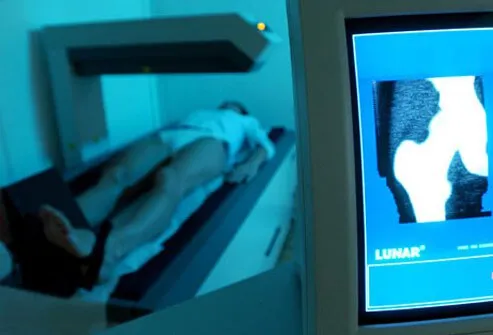
Get This Special Test
A dual energy X-ray absorptiometry (DXA) is a test that measures bone strength. It is also called a bone mineral density test. This screening test is recommended for all women over the age of 65. It may be recommended for women who are younger who may be predisposed to low bone mineral density or bone breaks. More vulnerable populations may include those who have chronic kidney disease, an eating disorder, rheumatoid arthritis, low body weight, early menopause, the physically inactive, or other conditions. Results of the test can indicate the presence of osteoporosis before bone breaks occur.
Skin Cancer Screening
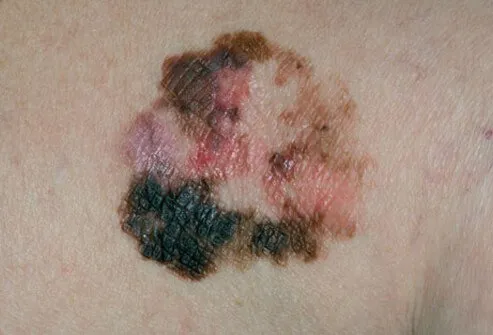
See the Dermatologist
The vast majority of skin cancers are treatable if they are diagnosed early. Basal cell carcinoma and squamous cell carcinoma are the most common and least dangerous types of non-melanoma tumors. Melanoma is the most dangerous type of skin cancer. It is shown in this picture. A propensity to develop melanoma can be inherited. Excess sun exposure can increase the potential for developing melanoma. Annual skin checks are recommended to examine moles and other skin spots for any changes and potential for malignancy. Those who are fair-skinned, have lots of moles, have blue or green eyes, have freckles, a history of sunburn (especially in childhood), or a personal or family history of skin cancer are most vulnerable.
Spot Skin Changes
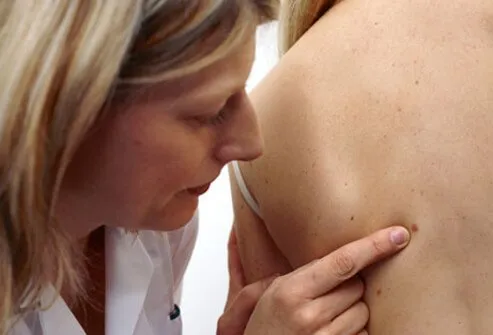
Dangerous Moles
Several factors suggest a mole may be malignant. A family doctor or dermatologist can often tell the difference between normal moles and those that may be malignant. The size, shape, color, and borders of a mole suggest whether it may be benign or malignant. A growth with asymmetrical or irregular borders may be cause for concern. The presence of multiple colors in a mole may be a sign of malignancy. A mole that changes or evolves over time may suggest malignancy. The doctor can take a biopsy of a suspicious growth to confirm or rule out malignancy. A doctor can do a skin screening as part of an annual physical exam.
High Blood Pressure Screening

Risk Increases with Age
Blood pressure (BP) increases with age. It is associated with cardiovascular disease risks along with other risk factors like diabetes, increased waist circumference, high LDL, and high triglycerides. High blood pressure is associated with increased potential for heart attack and stroke. Everyone should be screened for high blood pressure, which can damage the kidneys, eyes, and other organs. An ideal BP is less than 120/80 mm Hg. Adults over the age of 20 should have a blood pressure assessment about every 2 years. If a woman has heart health risks, her doctor may want to screen her for high blood pressure more frequently.
High Blood Pressure Assessment

How to Measure It
Blood pressure is a combination of two different numbers. The top number is called the systolic pressure. It represents the pressure in the blood vessels during a heartbeat. The bottom number is the diastolic pressure. It represents the pressure in the blood vessels between heartbeats. A value of 120/80 mm Hg is considered a healthy value. Values between 120/80 mm Hg and 139/89 are considered to represent prehypertension. It is an early stage that signals that high blood pressure may develop. Values that are 140/90 mm Hg or greater are high. Wellness community clinics, centers, and even some pharmacies have free blood pressure screening. These resources are available to everyone.
Cholesterol Level Health Screening

Cardiovascular Disease Link
Cholesterol is a fatty molecule that is present in the blood. Some amount is necessary to maintain health, but levels that are too high increase the potential for hardening of the arteries (atherosclerosis). Excess blood lipids can clog blood vessels in the arteries, leading to an eventual heart attack or stroke. Along with increased body mass index, smoking, diabetes, and other factors, high blood lipids are associated with the development of cardiovascular disease (CVD). Blood lipid panels should be a part of every woman's wellness health screenings.
Measuring Cholesterol Levels
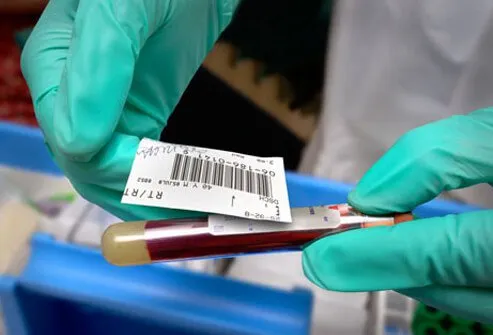
Fasting Lipoprotein Panel
Most women should have their fasting cholesterol levels checked every 4 to 6 years beginning at age 20. This test measures the total cholesterol, HDL or "good," and LDL or "bad" levels of the blood lipids. A doctor may recommend a woman be screened more frequently if risk factors for cardiovascular disease are present. Lifestyle modifications including diet and exercise changes are effective for reducing high blood lipid levels. Medication is an option that works as well.
Diabetes Screening
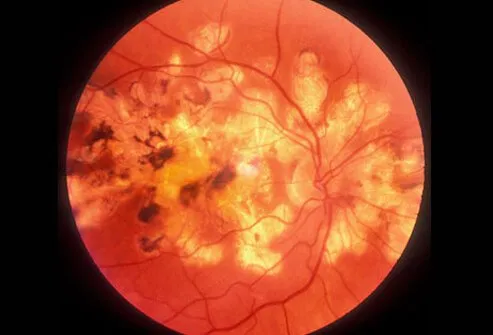
It Often Goes Undiagnosed
Most people who have type 2 diabetes (T2D) do not know they have it. It can be associated with kidney disease, stroke, blindness, and other health problems. Every woman should have her blood glucose screened at least every 3 years beginning at age 45. High levels are associated with prediabetes, T2D, and insulin resistance. Women who are predisposed to CVD and who are overweight may be advised to have their blood sugar checked before the age of 45 or more often than every 3 years.
Tests for T2D
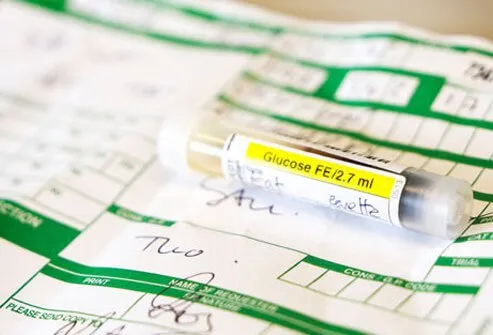
Several Are Available
A fasting blood glucose level is a common test to screen for T2D and prediabetes. Patients should be fasting for at least 8 hours prior to taking the test. A level between 100 and 125 may indicate prediabetes. Any value that is 126 or higher may mean T2D is present. An hemoglobin A1c test (glycated hemoglobin) indicates the patient’s blood sugar level over the prior 3 months. An oral glucose tolerance test assess the body's ability to use sugar. It may be performed when levels of blood sugar are high, but not high enough to meet the criteria for T2D. It may also be used to diagnose gestational diabetes. Most women should be screened every 3 years beginning at the age of 45. More frequent screening may be recommended for some women.
Human Immunodeficiency Virus (HIV) Screening

Everyone Should Be Tested
All women should be tested for HIV at least once. Depending on how many risks for the virus a woman may have, the doctor may recommend more frequent screening. Some women may need annual screening or as frequently as every 3 to 6 months. Community clinics or a woman's healthcare professional are two potential sources for testing. HIV is the virus that causes acquired immunodeficiency syndrome (AIDS). AIDS is not curable and there is no vaccine. It is manageable with early diagnosis and treatment with anti-HIV medications that help boost the immune system.
HIV Tests
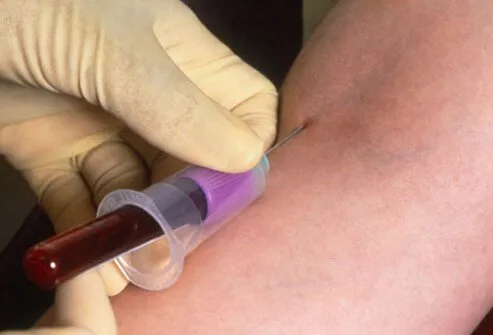
Screening to Detect HIV
HIV may be present for many years before symptoms start to appear. Blood tests can detect the virus. The current recommended test looks for both a part of the virus and antibodies to the virus, known as a combined antigen-antibody test. It is possible to test negative for HIV even though a person is infected, so repeat screening is recommended. All individuals should get tested for HIV at least once, but more frequent checks may be required for some. The locations of community clinics that provide testing can be easily found online. Resources such as these clinics exist to make services available to as many people as possible. If you have sensitive questions about HIV, you can reach out to many public clinics or centers online.
HIV Prevention

Practice Safe Sex
Most of the time, people who are infected with HIV will test positive for the virus about 2 months after being exposed. More rarely, it can take up to 6 months to develop antibodies against the virus. Using condoms can help prevent the spread of HIV and other sexually transmitted infections (STIs). Women who are pregnant and have HIV should discuss their status with their health care providers. There are things a woman can do to help protect the unborn child.
Colorectal Cancer Screening
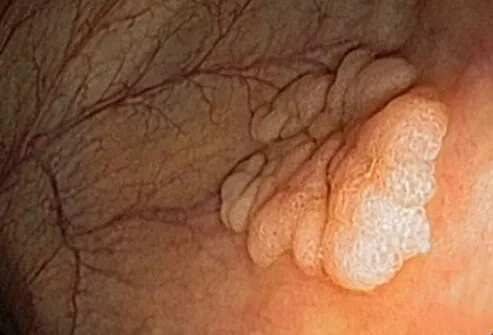
A Common Malignancy
Malignancies of the colon and rectum are the second most deadly after those of the lungs. They arise from abnormal growths called polyps that occur on the inside of the large intestine. The growths may be benign or malignant. If they are malignant, they have the potential to spread to other parts of the body. If they are diagnosed and removed early, they can be removed and malignancy can be prevented entirely.
Tests for Colorectal Malignancy
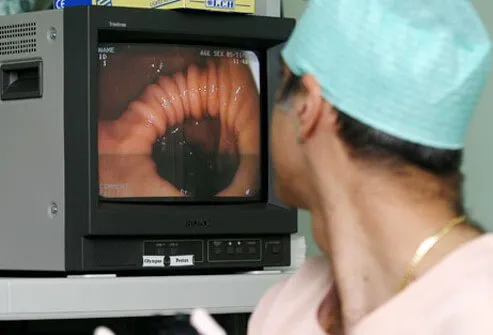
When to Get a Colonoscopy
The test to check for colorectal malignancy is a colonoscopy. This test involves administering a mild sedative before inserting a small flexible tube fitted with a camera into the colon. If the physician finds a polyp, he or she can remove it then. It is recommended that most women start this type of screening at age 50. The provider may recommend other tests depending on a woman's personal or family history of the illness.
Glaucoma on the Rise
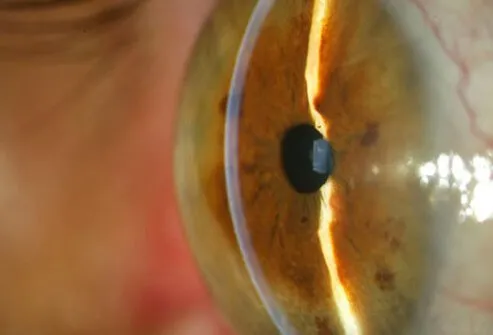
Look Out for Your Eyes
Glaucoma is a condition that involves the build up of pressure inside the eyes. It is dangerous because it may lead to damage to the optic nerve or even blindness. Glaucoma can sneak up on people and may not produce any symptoms until vision has already been damaged. Women should be checked for glaucoma every 2 to 4 years prior to age 40. Between the ages of 40 and 54, exams should occur every 1 to 3 years. Women aged 55 to 64 should be checked every 1 to 2 years. Those who are older than 65 should be checked for glaucoma every 6 to 12 months.
Glaucoma Evaluation
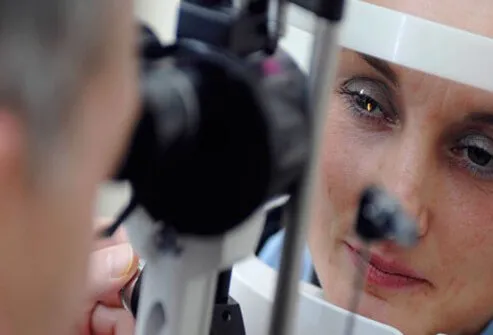
Who Develops Glaucoma?
Certain people are more predisposed to developing glaucoma than others. Those who are Hispanic or African-American or over the age of 60 are more likely to develop glaucoma. The presence of an eye injury, steroid use, or a family history of glaucoma also suggest a higher likelihood of the condition. All women should have a baseline eye exam to assess eye health and the possibility of glaucoma by age 40. All women should get eye exams according to the schedule outlined by their ophthalmologist.
Prevention is Key

Make Wellness a Priority
An ounce of prevention is worth a pound of cure. Diagnosing and treating conditions early offers the best chance of maintaining and restoring health. Some types of exams are universal for every woman. Every woman needs breast exams and Pap smears. Other recommended tests may differ from woman to woman according to individual health history, and family health history. Follow the preventive care and clinical exam guidelines outlined by your health care provider. Look after your mental health as well. Some types of insurance provide special services for women. Look into employee benefits to see what kinds of wellness exams you may be eligible for.
Health Screening Tests Every Woman Needs
This tool does not provide medical advice. See additional information: 
© 1996-2024 WebMD, LLC. All rights reserved.
